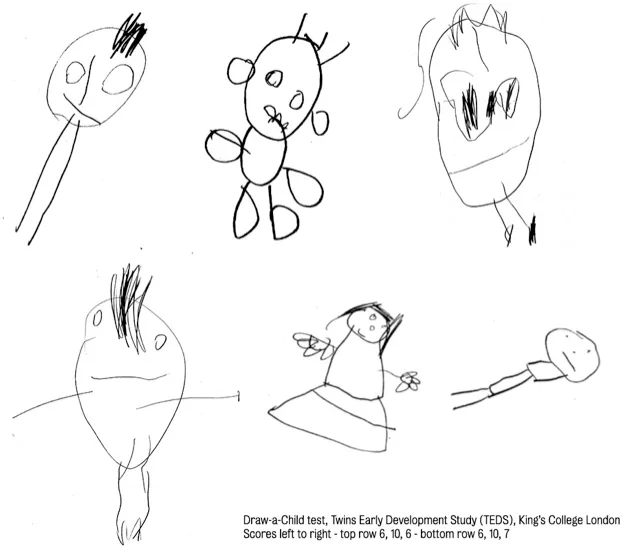Psychologists at King's College London asked over 15,000 kids to draw a child of their own gender. Each drawing was given a score from 0 to 12, based on how human-like the illustrations were, with one point awarded for each correct anatomical feature. For example, if the child drew a head on legs, they would score four points because they drew eyes, nose, mouth and legs.

Ten years later, the children's intelligence was tested with a series of vocabulary and reasoning tests. Intriguingly, the four-year-olds who drew the most accurate pictures tended to be amongst the brightest teens. Drawing ability has been a standard measure of a child’s intellect since the 1920s, but this is the first time that a link has been found with teenage cleverness.
However, the researchers are keen to point out that there are many other factors at play. “Our findings are interesting, but it does not mean that parents should worry if their child draws badly,” says Dr Rosalind Arden. “Drawing ability does notdetermineintelligence: there are countless factors, both genetic and environmental, which affect intelligence in later life.
But parents, take note: if your childdoesdraw a person with two legs, two arms, two eyes, a nose and a mouth, maybe, just maybe, they're a little genius in the making.
